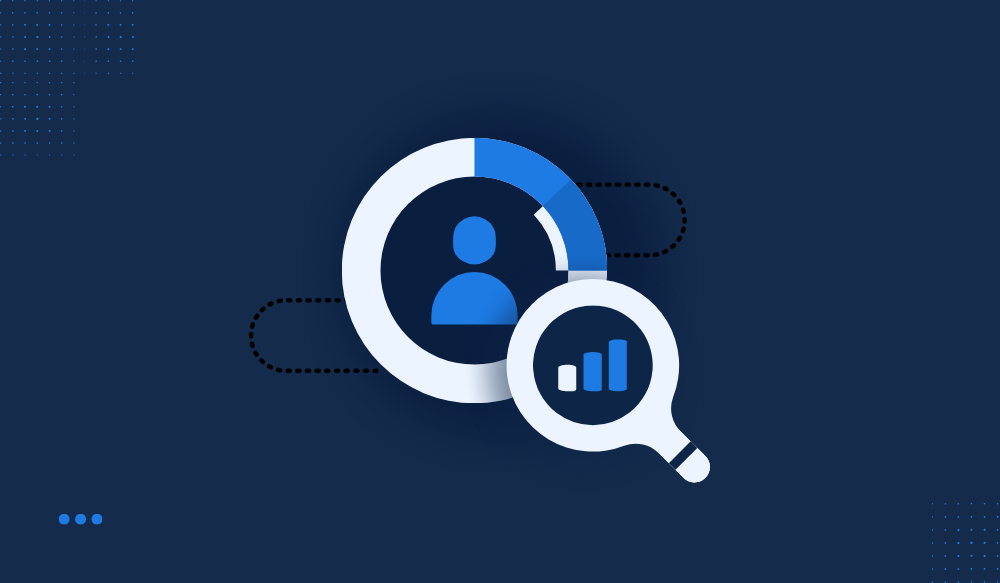Equip your employees to fight against Deepfake-powered attacks
In an era dominated by advanced technology, a new and sinister threat has emerged -- Deepfake-powered attacks. These sophisticated manipulations have the potential to wreak havoc on businesses, leaving them vulnerable to a multitude of risks.
We'll now dive into the world of deepfakes and explore why they pose a significant danger to your business. We're going to provide essential insights on how to safeguard your organisation, as well as how you can empower your employees to fight against these malicious attacks.
In this blog, we'll cover:
- What are deepfake-powered attacks?
- Why deepfakes-powered attacks could be a risk to your business?
- What are the threats posed by deepfakes-powered attacks?
- What should you do to keep your business safe?
- What should you teach your employees to spot deepfake-powered attacks?
- Safeguard your business and mitigate deepfake threats with us
What are deepfake-powered attacks?
Deepfake-powered attacks refer to the use of artificial intelligence (AI) and machine learning techniques to create highly realistic but false audio, video, or image content. These convincing manipulations are designed to deceive and mislead, often by superimposing someone's likeness onto another individual or altering their words or actions.
"This is not Morgan Freeman" video" is one of the most eerily deepfake examples on the internet. In the video, 'Morgan Freeman' is looking directly at the camera, telling viewers that what they see 'is not real' and announcing the arrival of the "synthetic reality" era. The level of photorealism and lifelikeness of the clip have terrified the audience.
Deepfakes possess the remarkable ability to emulate the appearance and voice of real individuals, making them highly potent in executing "social engineering" endeavours. These deceptive techniques aim to manipulate individuals into divulging sensitive information, unknowingly engaging in financial fraud, or providing unauthorised access to corporate networks.
Why deepfake-powered attacks could be a risk to your business?
Deepfake-powered attacks pose several risks to businesses because it's blurring the lines between fact and fiction. Here are the 3 main ways that deepfakes may bring harm to your business.
-
Fake CEO videos
Attackers can create deepfake videos of company executives making false announcements, spreading misinformation, or endorsing unethical actions. These videos can cause panic, confusion, damage the company's reputation, or even impact stock prices. -
Impersonation of trusted individuals
Deepfake voice messages can imitate the voices of trusted colleagues, clients, or executives, deceiving employees into performing unauthorised actions or revealing sensitive information. -
Tampered videos or voice messages
Deepfakes can be used to manipulate evidence, create false narratives, or blackmail employees into compromising situations, posing significant risks to the integrity and security of a business.
66% of the cybersecurity professionals polled had seen deepfakes used as part of a cyberattack.
What are the threats posed by deepfakes-powered attacks?
Deepfake-powered attacks pose several significant threats that can have a wide range of consequences. Here are some key threats associated with deepfakes.
-
Reputational damage
Deepfakes can be employed to create false videos of executives or employees engaging in illegal, unethical, or inappropriate activities. Such malicious content, when released online, can rapidly spread, tarnishing a company's reputation and causing severe damage to its brand image.
-
Financial fraud
Fraudsters can use deepfakes to impersonate company executives or authorised personnel and manipulate employees into transferring funds or disclosing sensitive information. These deceptive tactics can result in substantial financial losses for organisations. -
Social engineering attacks
Deepfakes can be utilised in targeted phishing attacks, where hackers use synthetic media to deceive employees into revealing their login credentials, granting unapproved access to confidential company data. -
Misinformation and disinformation
Deepfakes have the potential to propagate misinformation and disinformation on a large scale. By manipulating videos of prominent individuals or public figures, malicious actors can disseminate false information, create social unrest, or manipulate public opinion.
What should you do to keep your business safe?
To safeguard your business from deepfake-powered attacks, it is crucial to implement proactive measures. Here are 5 methods you should consider.
-
Train employees
Educate your employees about deepfakes, their potential impact, and the risks they pose. Create training programmes or workshops to help them recognise and respond to suspicious content effectively. By raising awareness and teaching employees to be vigilant, you can mitigate the chances of falling victim to deepfake attacks.
-
Implement authentication measures
Enforce the use of multi-factor authentication (MFA) across your organisation to add an extra layer of protection. This can ensure that sensitive actions, such as fund transfers or access to confidential information, require additional verification beyond voice or video-based instructions. -
Monitor online presence
Regularly monitor your company's online presence, including social media accounts and websites, to identify any potential deepfake threats related to your business or industry. -
Strengthen cybersecurity
Enhance your organisation's cybersecurity infrastructure to detect and mitigate deepfake threats. Invest in advanced threat detection systems that can identify manipulated media and distinguish between genuine and synthetic content. -
Develop an incident response plan
Establish a robust incident response plan that outlines the steps to be taken in the event of a deepfake-driven attack. This includes processes for reporting incidents, conducting investigations, and communicating with stakeholders.
What should you teach your employees to spot deepfake-powered attacks?
To help your employees become more adept at spotting deepfakes, consider educating them about these 8 things.
-
Inconsistencies in audio or video quality
Deepfakes often exhibit glitches or artifacts. Poor audio or video quality can be an indicator of doctored videos and images. Encourage employees to pay attention to any details that appear unusual or unrealistic. -
Mismatched lip-syncing or voice synchronisation
Deepfake videos may have imperfect lip movements or distorted audio synchronisation. Encourage employees to closely observe the alignment between audio and video components. -
Unnatural facial movements
Deepfake videos often exhibit strange blinking patterns or unnatural eye movements. A study published by arXiv, a research sharing platform funded by Cornell University, has found that deepfake faces tend to have improper eye-blinking behaviour. -
Anomalies
These refer to unusual elements or objects that appear out of place in a picture or video, such as mismatched shoes or earrings, distorted facial features like a misshapen jaw, or the presence of extra legs or missing fingers. -
Uncharacteristic behaviour or speech patterns
If a trusted individual suddenly displays out-of-character behaviour or speech patterns, employees should exercise caution. Deepfakes may attempt to imitate someone's mannerisms, but they may not always replicate them accurately. -
Source verification
Exercise fact-checking to debunk misinformation. If a particular piece of content is only found on one source, it's prudent to exercise caution. Consult multiple reputable sources to corroborate the information. Verifying sources can be challenging with the prevalence of social media, however, this is not impossible by employing extra attention and effort. -
Enhancing detection skills
Lots of websites are dedicated to helping your employees to improve detection skills in a fun way. For instance, MIT's "Detect Fakes" offers a brief quiz that asks users to compare two videos and determine which one is genuine. Similarly, Microsoft's "Spot the Deepfake" presents users with 10 questions that assess their proficiency in identifying signs such as eye movement and emotional reactions associated with deepfakes. -
If someone has sent you a video clip, ask why
Teach employees to verify the authenticity of any video content they receive, especially if it seems out of context or suspicious. Encourage them to reach out directly to the person who sent it for confirmation.
Safeguard your business and mitigate deepfake threats with us!
As the threat landscape continues to evolve, it is crucial for businesses to stay informed about emerging risks posed by deepfakes-powered attacks.
Take a peek at our engaging video course and sign up for a 14-day free trial now! Educate your team on how to safeguard your company's data in the generation of synthetic manipulation. By taking proactive steps to protect your business, you can significantly mitigate the risks posed by deepfake technology.

